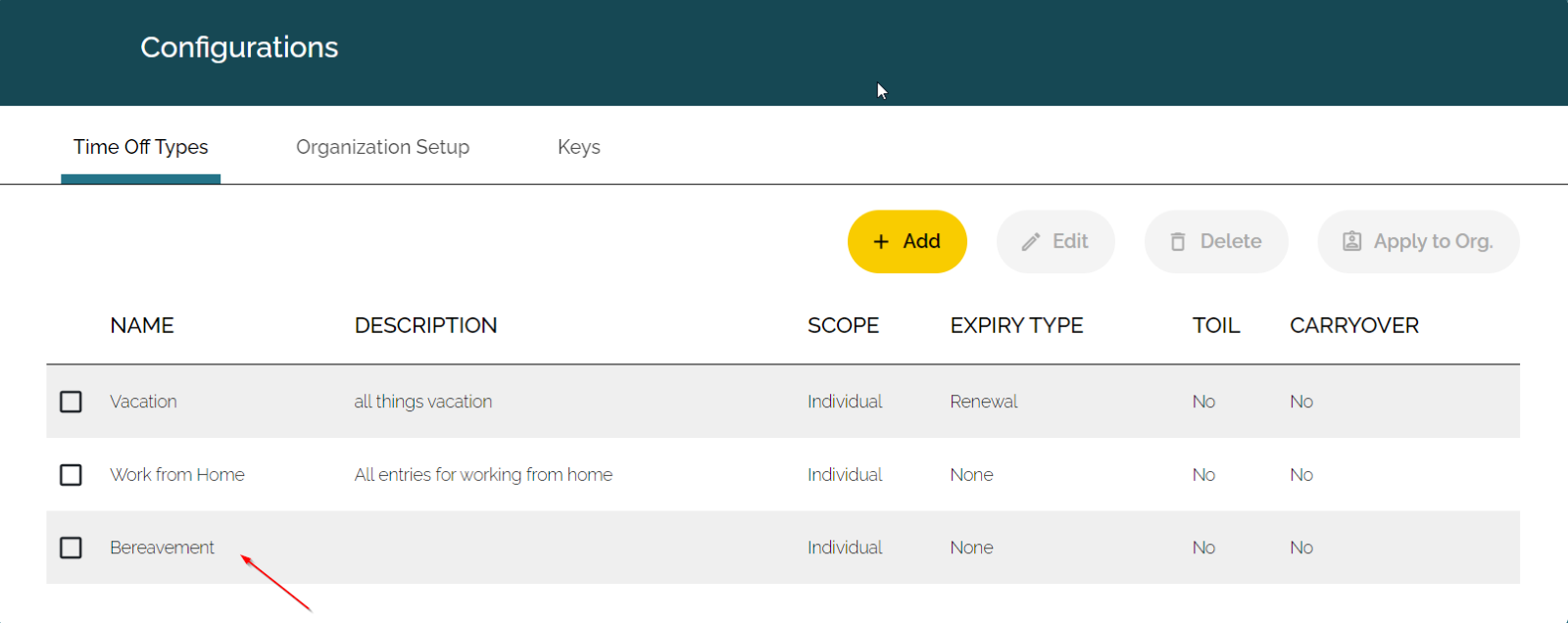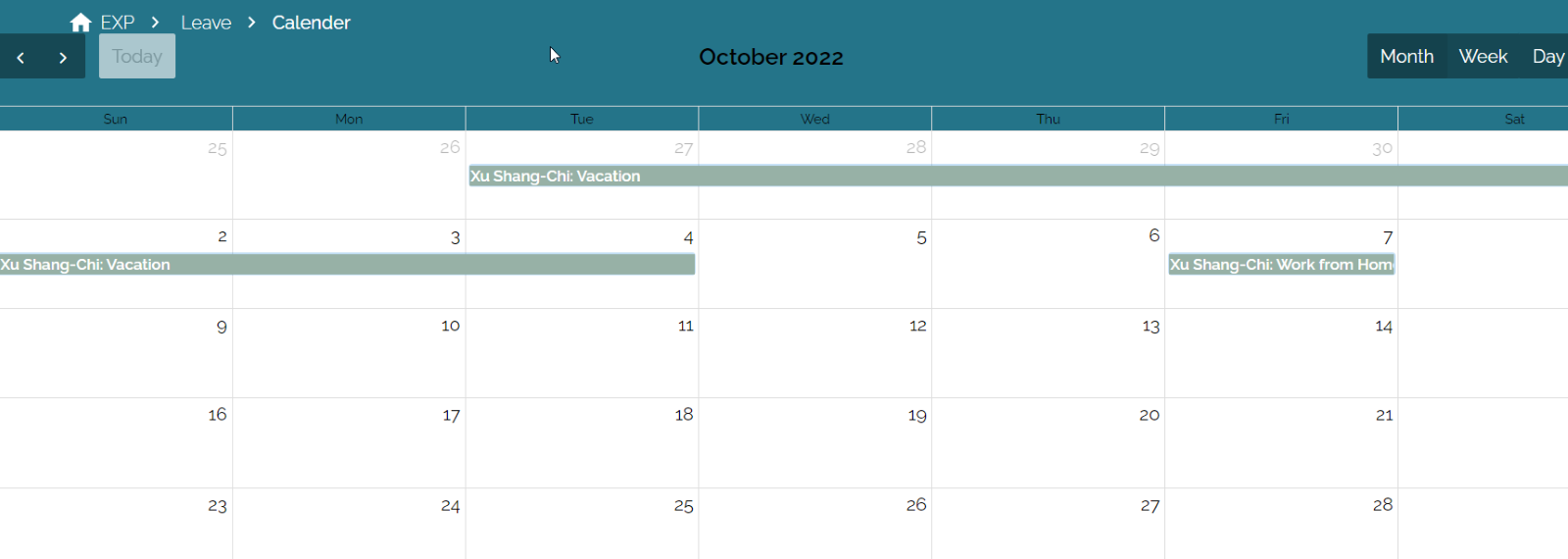Managing leave requests are more nuanced than simply filing a request and sending it back. Managers need to be able to revisit the request and access the information required to fulfill that request. And you must complete the entire process in an accurate, timely manner.
Traditional Methods for Leave Management
By “traditional,” we’re referring to methods that don’t use a formal leave management system. Examples include methods like Excel templates, leave request emails, and Time-Off Request forms.
Excel: Excel is a useful tool for many applications, but for leave requests, it’s tedious and subject to human error when you enter data manually.
Email: It’s difficult for managers to process time-off requests with emails, since the system doesn’t store a record of each employee’s accrued time.
Time-Off Request forms: Time-Off forms don’t provide a system for managers to approve and return requests, which slows communication between the requestor and the administrator.
You’ve probably used these methods before or are currently using them. As small business owners, we’ve used them too. When we started out, we lost track of more time-off request emails than we’d like to admit.
Streamline Time with a Leave Management System
The traditional methods have three core issues: they’re subject to human error, don’t hold the data required to process requests, and don’t have a feedback loop connecting requestors and administrators. Plus, none of these methods provide visibility to administrators about when people are out of the office. Only knowing who’s away once you’ve walked through the door isn’t prime visibility. If left unchecked, these issues can spiral to the point where leave requests are overlooked, payroll errors are made, and everyone involved is discouraged.
A leave management system solves these problems. A leave management system is an application or system that automates the Paid Time Off (PTO) request process. They bring three parts into one system: the employee’s request submission, the manager’s request approval, and notify the employee about the request’s status.
Creospark and PixelMill’s Chief Technology Officer Noorez Khamis had this to say on leave management without an automated system:
“People will send you an email, but without an integrated system, you don’t have a record of how much time they have left which can bottleneck the approval process. You end up using 5 different tools, and as a small business, you don’t think too much of it, but the more people you get, the harder it is to keep track, and the more time-consuming it becomes.”

EXP’s Leave App
The Leave app is EXP’s leave request management system. One of EXP’s three foundational apps, Leave empowers users to submit Paid Time Off and In-Lieu requests right where they work: Microsoft Teams.
Leave processes multiple PTO requests, including vacation, sick leave, personal days, etc. After users file a request, admins can approve or reject that request. When admins process the request, users receive a notification. Since EXP’s Leave incorporates the entire request process into the app, it’s a more efficient alternative to emails, Time Off Request forms, and Excel templates.
In addition to avoiding human error, communication backlogs, and a lack of relevant information within the system, the Leave app has other cool features:
My Balances section: This section stores the amount of available paid and unpaid hours each user has for all leave policies, like vacation hours. You’ll no longer need to search through files to find the hours everyone has accrued!

Customizable policy types: In Leave, admins can create leave policies specific to their organization. Then, they assign these policies to the entire organization or to individual employees. For example, an admin can create a policy for bereavement and assign that policy to the employee who needs it.

Leave Calendar: Once PTO and In-Lieu requests are approved, the app schedules requests on the Leave Calendar. Since Leave directly contains the calendar, admins can see when all users are off within EXP.

Streamlining Time is easier with Leave
Submitting time-off requests should be a joyful experience for everyone involved, but leave management has traditionally been tedious and time-consuming. EXP’s Leave has made the process easier and more efficient. Here’s how Leave does it:
Saves Time
According to Wagepoint, “80% of employee timesheets have to be corrected.” That’s a significant amount of time spent correcting errors that could’ve been avoided with an automated solution. In addition to reducing correction time, installing Leave will actually speed up the request process by automating the entire workflow. All in all, you’ll have more time to focus on other projects!
Boost Efficiency
Automating any system improves efficiency and, in turn, productivity. Microsoft’s Power Automate experts state that “by removing the clunky and pain-staking manual processes your team does on a daily basis, you eliminate bottleneck tasks and accelerate more high-level business processes between business units, team members, and everyone within your organization.”
Using an automated leave management system will reduce the delay between tasks, communication lags, time tracking errors, and payroll mistakes.
Leave works for you
Leave is an automated management system that saves you time. Automating the entire workflow lets you process time off requests quickly and accurately. Choosing to use a leave management system over older methods will avoid the traditional issues associated with leave requests. Using Leave instead of Excel templates, time off emails, or Time Off Request forms will avoid missed approvals, and poor leave request management overall. Check out our demo today to see how EXP automates other HR tasks!
